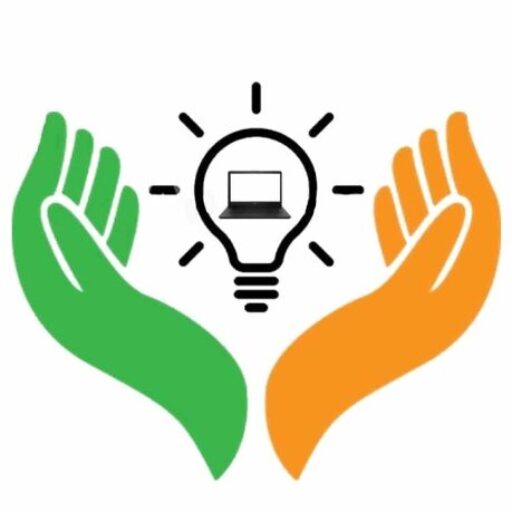Music therapy activities for all ages. Learn about the use of music in therapy by interacting with simulations and games, exploring musical instruments and listening skills, getting started with rhythm training, or discovering how to use puppets to express emotions.
Music therapy is an expressive therapy. Music therapy, in any form, requires communication and expression.
Music therapy is usually performed under supervision. The therapist may use specialized tools or other mechanisms in order to successfully implement the program.
Popular music therapy activities tools include the piano and guitar, which are both musical instruments. Music therapy can also include imagery. The therapist guides the client to visualize himself in a positive situation and plays soothing music to create that atmosphere.
Music therapists can use a variety of tools and activities.
Some of these are:
A musical instrument
Clients love to listen to their therapist sing and play instruments. A guitar, ukulele or keyboard can brighten up a session. It can bring joy to children in music therapy and creates a sense of joy.
A speaker
Group therapy is made easier by the use of a speaker that plays music. This creates a sense that clients are involved and gives them a sense of purpose. It also makes it easier for the therapist to be heard by all.
A screen to support visual activities
Therapists will often have a tablet or another device to project visual imagery on the screen when using it to complement the music. Visual tools are a great way to keep clients interested and stimulate our minds.
Read more: Eye care Tips during Summer
Pen and paper
Music therapists often keep a pen and paper handy for recording feedback and managing it. It can also be used to write songs or complete sentences, where clients use words to express themselves.
Music therapy’s core purpose is to improve one’s emotional skills. This calls for a positive mindset. Professionals can use a variety of music therapy activities to achieve these goals (Kimberley 2012).
Some music therapy activities, for example, include:
- Singing and writing songs.
- Improvising on songs or music pieces
- Playing a musical instrument.
- Technology and devices used.
- Music listening (with or without visual imagery).
- Music is a way to exchange information.
Three Music Therapy Activities
Which music therapy Activities are you familiar with? Three techniques are discussed.
1. Drumming
Drumming can be a great music tool to induce light-hearted joy, positive addiction, and unhindered involvement. Scientists believe that rhythmic drumming can increase cell activity, which helps fight neurological and endocrinological diseases.
Drumming can improve bodily functions and bring people together in a group.
Drumming interventions are free from any rules. The client is free to play the instrument however they wish.
Rick Allen, a well-known drummer and founder of the Raven Drum Foundation suggested that drumming has some immediate benefits:
- Stress reduction, trauma and anxiety.
- Chronic pain management
- Rejuvenating the immune system.
- Social connection:
- Emotional catharsis, or the release of anger and aggression that has been bottled up.
- It offers the opportunity for self-realization, introspection, and reflection.
2. Singing
Singing can be used as a music therapy activity for all ages. It is used in many forms today and is an effective music therapy activity. Singing is considered the “mega-vitamin” for the brain by psychologists.
Research has shown that singing and listening to songs can help in the repair of brain tissue damage. This is why singing is an important part of treatment for Alzheimer’s, Parkinson’s, and dementia (Gerdner & Swanson,1993).
Read more: The Top 10 Bollywood Singers
3. Vibro-Acoustic Therapy
Vibro-Acoustic therapy, also known as VAT, is a scientific method that combines low-frequency vibrations and the resonations from slow-paced music. According to the International Society of VAT, sound waves help in circulating positive energies throughout the body.





